
As I scan various message boards around the sporting community there are usually rotating topics that apply to every season, for instance "Who has the best uniforms?" type threads in the off-season. One topic that always seemingly presents itself is the "Do you think this a down year for Sport X?" type discussion. From my observations, the general consensus of the internet sports community seems to be that college basketball is on a downward trend in terms of skill of top level teams. There is really no way to effectively judge if one year is better than another, unless one were to create a system that rates teams on the same scale over the course of time.
KenPom.com has been rating teams since the 2003 season and has done it in an identical fashion year-to-year, giving us a great way to answer this question. So, I went back and scanned his ratings, counting the relative power of every D-1 team since '03
to see if college basketball is remaining consistent from season-to-season or if the power of top level teams changes constantly.
First an explanation of the terms used in the experiment. The Pythagorean Win Percentage is a decimal that explains how a team should fare against average competition at a neutral site. For example Kentucky's rating at the end of last season was .9679, meaning we would have had a 96.8% chance of beating an average team on a neutral site. A higher rating means a better team and vice-versa. After counting where a team fell, I then placed them into categories, for example all teams with a rating between .8000 and .8999 are placed into their own division.
Pomeroy has stated that all ratings have been retroactively changed to place all teams on the same scale, making this a fair judgement in my mind. Below is the chart containing the amount of teams in their respective categories since 2003.

As you can see from the chart, this season was the lowest in terms of power at the top since the one-and-done rule was implemented in 2006. Since 2010 the power of teams in general has dropped in the two highest categories, giving basis to the belief that college basketball is declining in talent. But why? Is it the one-and-done rule? Or is it something else? Personally,
I believe that the one-and-done rule has to be blamed here partially, but it hasn't affected the overall talent level as much as people have come to believe. The now infamous rule first took effect in 2006, and with it brought the most mediocre year of elite teams in the Efficiency Era ('03 to present). But the following two years saw college basketball experience the most power at the top in the Efficiency Era. This leads me to believe the overall talent level in college basketball, top-to-bottom, affects the power of teams more so than the one-and-done situation. So if the talent level is on a downward trend when can we expect it to rise again?
Many recruiting analysts have pegged the 2013 class as one of the deepest and most talented in years, so the entering of that class should see the power level increase in college basketball. That class will surely be filled with one-and-done players, but with it should bring the depth and talent to maintain elite level teams. Really this level of talent is all cyclical, it adjusts every season. Some years see recruiting classes like Kevin Love, Derrick Rose, and Eric Gordon while others see classes with only one star, it's the nature of the game.
So yes, overall the skill fluctuates from year to year, but with that fluctuation eventually comes more depth. When will college basketball be back the levels of '07 and '08? It's impossible to tell really, but if recent history is any indication it should be back sooner rather than later.
 As I scan various message boards around the sporting community there are usually rotating topics that apply to every season, for instance "Who has the best uniforms?" type threads in the off-season. One topic that always seemingly presents itself is the "Do you think this a down year for Sport X?" type discussion. From my observations, the general consensus of the internet sports community seems to be that college basketball is on a downward trend in terms of skill of top level teams. There is really no way to effectively judge if one year is better than another, unless one were to create a system that rates teams on the same scale over the course of time. KenPom.com has been rating teams since the 2003 season and has done it in an identical fashion year-to-year, giving us a great way to answer this question. So, I went back and scanned his ratings, counting the relative power of every D-1 team since '03 to see if college basketball is remaining consistent from season-to-season or if the power of top level teams changes constantly.
First an explanation of the terms used in the experiment. The Pythagorean Win Percentage is a decimal that explains how a team should fare against average competition at a neutral site. For example Kentucky's rating at the end of last season was .9679, meaning we would have had a 96.8% chance of beating an average team on a neutral site. A higher rating means a better team and vice-versa. After counting where a team fell, I then placed them into categories, for example all teams with a rating between .8000 and .8999 are placed into their own division. Pomeroy has stated that all ratings have been retroactively changed to place all teams on the same scale, making this a fair judgement in my mind. Below is the chart containing the amount of teams in their respective categories since 2003.
As I scan various message boards around the sporting community there are usually rotating topics that apply to every season, for instance "Who has the best uniforms?" type threads in the off-season. One topic that always seemingly presents itself is the "Do you think this a down year for Sport X?" type discussion. From my observations, the general consensus of the internet sports community seems to be that college basketball is on a downward trend in terms of skill of top level teams. There is really no way to effectively judge if one year is better than another, unless one were to create a system that rates teams on the same scale over the course of time. KenPom.com has been rating teams since the 2003 season and has done it in an identical fashion year-to-year, giving us a great way to answer this question. So, I went back and scanned his ratings, counting the relative power of every D-1 team since '03 to see if college basketball is remaining consistent from season-to-season or if the power of top level teams changes constantly.
First an explanation of the terms used in the experiment. The Pythagorean Win Percentage is a decimal that explains how a team should fare against average competition at a neutral site. For example Kentucky's rating at the end of last season was .9679, meaning we would have had a 96.8% chance of beating an average team on a neutral site. A higher rating means a better team and vice-versa. After counting where a team fell, I then placed them into categories, for example all teams with a rating between .8000 and .8999 are placed into their own division. Pomeroy has stated that all ratings have been retroactively changed to place all teams on the same scale, making this a fair judgement in my mind. Below is the chart containing the amount of teams in their respective categories since 2003.
 As you can see from the chart, this season was the lowest in terms of power at the top since the one-and-done rule was implemented in 2006. Since 2010 the power of teams in general has dropped in the two highest categories, giving basis to the belief that college basketball is declining in talent. But why? Is it the one-and-done rule? Or is it something else? Personally, I believe that the one-and-done rule has to be blamed here partially, but it hasn't affected the overall talent level as much as people have come to believe. The now infamous rule first took effect in 2006, and with it brought the most mediocre year of elite teams in the Efficiency Era ('03 to present). But the following two years saw college basketball experience the most power at the top in the Efficiency Era. This leads me to believe the overall talent level in college basketball, top-to-bottom, affects the power of teams more so than the one-and-done situation. So if the talent level is on a downward trend when can we expect it to rise again?
Many recruiting analysts have pegged the 2013 class as one of the deepest and most talented in years, so the entering of that class should see the power level increase in college basketball. That class will surely be filled with one-and-done players, but with it should bring the depth and talent to maintain elite level teams. Really this level of talent is all cyclical, it adjusts every season. Some years see recruiting classes like Kevin Love, Derrick Rose, and Eric Gordon while others see classes with only one star, it's the nature of the game. So yes, overall the skill fluctuates from year to year, but with that fluctuation eventually comes more depth. When will college basketball be back the levels of '07 and '08? It's impossible to tell really, but if recent history is any indication it should be back sooner rather than later.
As you can see from the chart, this season was the lowest in terms of power at the top since the one-and-done rule was implemented in 2006. Since 2010 the power of teams in general has dropped in the two highest categories, giving basis to the belief that college basketball is declining in talent. But why? Is it the one-and-done rule? Or is it something else? Personally, I believe that the one-and-done rule has to be blamed here partially, but it hasn't affected the overall talent level as much as people have come to believe. The now infamous rule first took effect in 2006, and with it brought the most mediocre year of elite teams in the Efficiency Era ('03 to present). But the following two years saw college basketball experience the most power at the top in the Efficiency Era. This leads me to believe the overall talent level in college basketball, top-to-bottom, affects the power of teams more so than the one-and-done situation. So if the talent level is on a downward trend when can we expect it to rise again?
Many recruiting analysts have pegged the 2013 class as one of the deepest and most talented in years, so the entering of that class should see the power level increase in college basketball. That class will surely be filled with one-and-done players, but with it should bring the depth and talent to maintain elite level teams. Really this level of talent is all cyclical, it adjusts every season. Some years see recruiting classes like Kevin Love, Derrick Rose, and Eric Gordon while others see classes with only one star, it's the nature of the game. So yes, overall the skill fluctuates from year to year, but with that fluctuation eventually comes more depth. When will college basketball be back the levels of '07 and '08? It's impossible to tell really, but if recent history is any indication it should be back sooner rather than later.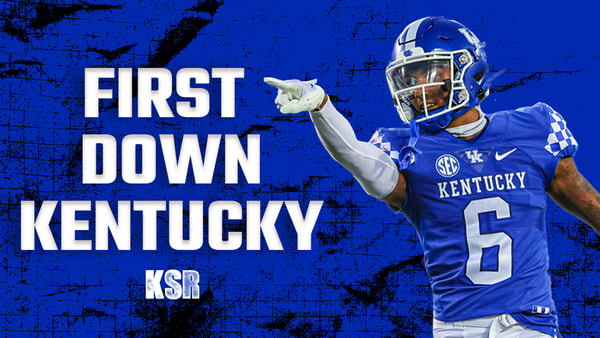
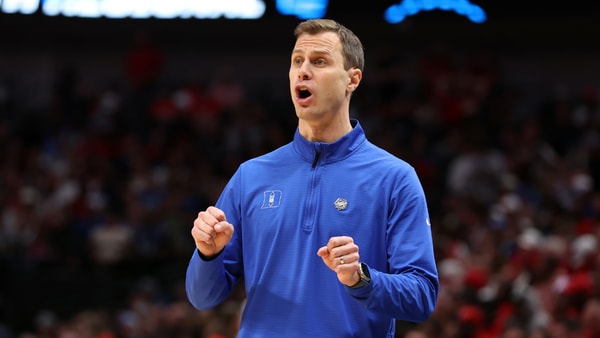
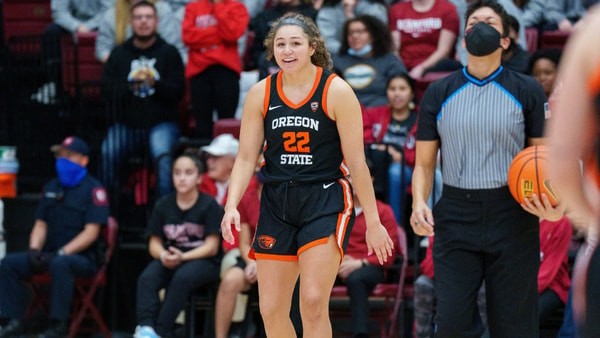
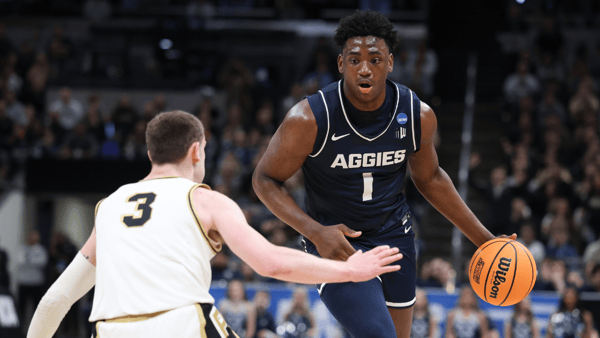
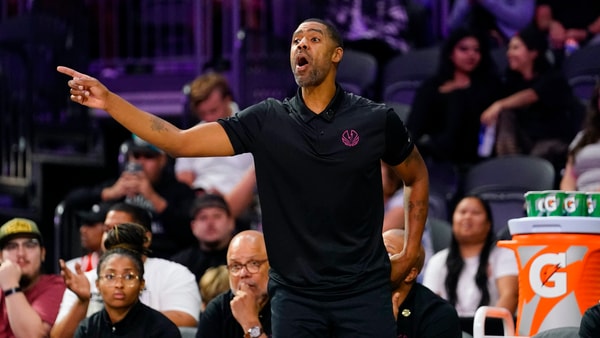
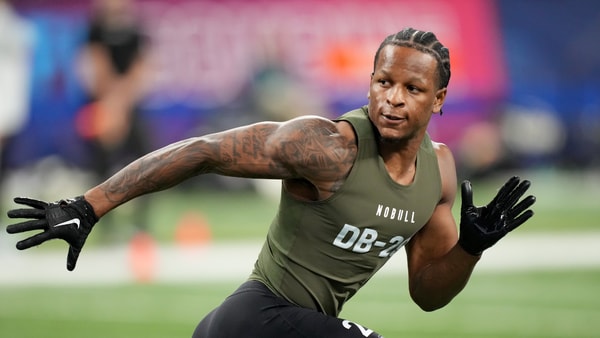
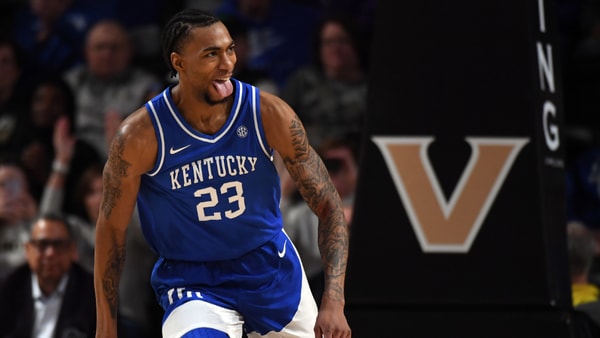
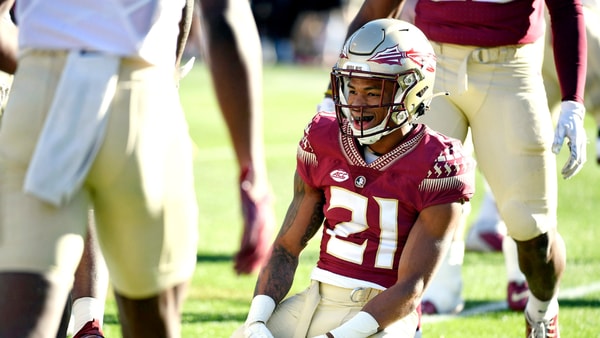
Discuss This Article
Comments have moved.
Join the conversation and talk about this article and all things Kentucky Sports in the new KSR Message Board.
KSBoard